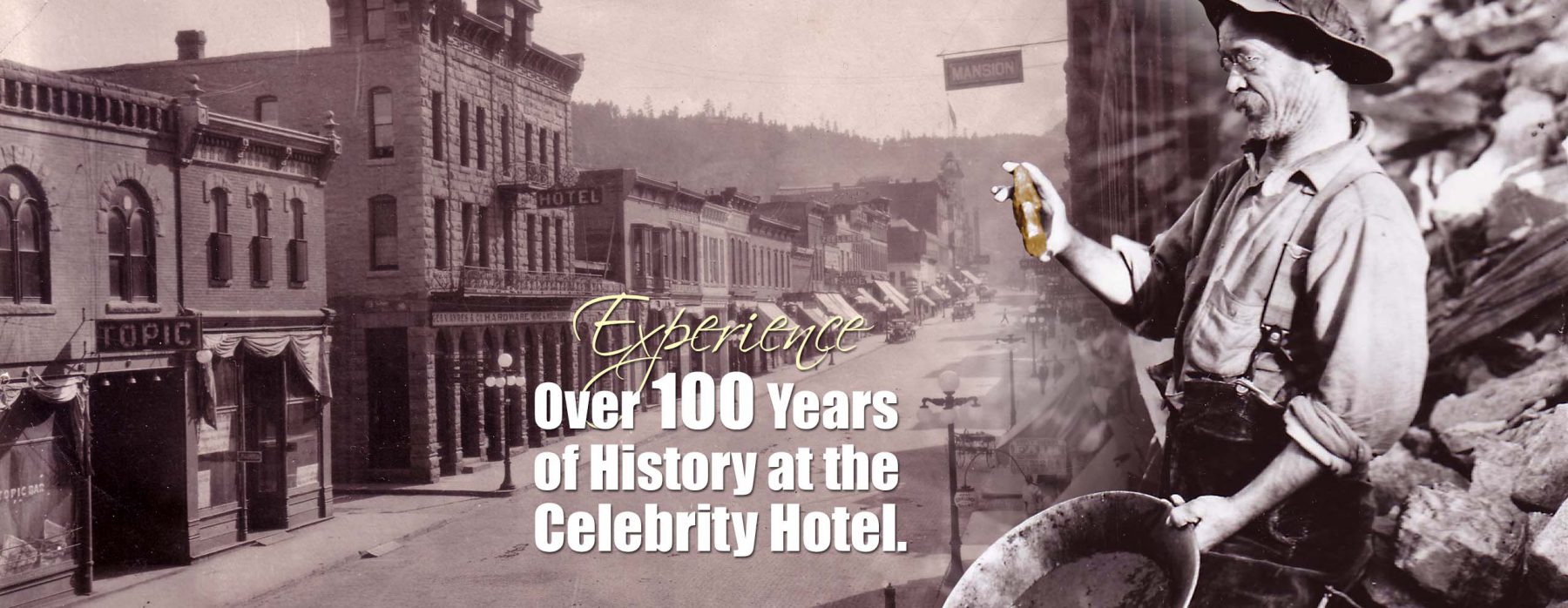The Black Hills Gold Rush
The Black Hills Gold Rush took place in Dakota Territory in the United States. It began in 1874 following the Custer Expedition and reached a peak in 1876-77.
Rumors and poorly documented reports of gold in the Black Hills go back to the early 19th century. In the 1860s, Roman Catholic missionary Father De Smet is reported to have seen Sioux Indians carrying gold which they told him came from the Black Hills.
Prior to the Gold Rush, the Black Hills were used by Native Americans (primarily bands of Sioux but others also ranged through the area). The United States government recognized the Black Hills as belonging to the Sioux by the Treaty of Laramie in 1868. Despite being within Indian territory, and therefore off-limits, white Americans were increasingly interested in the gold-mining possibilities of the Black Hills.
Prospectors found gold in 1874 near present-day Custer, South Dakota, but the deposit turned out to be small. The large placer gold deposits of Deadwood Gulch were discovered in November 1875, and in 1876, thousands of gold-seekers flocked to the new town of Deadwood, although it was still within Indian land.
The tale of first gold discovery in the Black Hills was thrown into question in 1887 by the discovery of what has become known as the Thoen Stone. Discovered by Louis Thoen on the slopes of Lookout Mountain, the stone purports to be the last testament of Ezra Kind who, along with six others, entered the Black Hills in 1833 (at a time when whites were forbidden by law and treaty from entering the area), “got all the gold we could carry” in June 1834, and were subsequently “killed by Indians beyond the high hill”. While it may seem unlikely that someone who has “lost my gun and nothing to eat and Indians hunting me” would take the time to carve his story in sandstone, there is corroborating historical evidence for the Ezra Kind party.
Many of the miners came up the Missouri River from Kansas and eventually returned there.
The Black Hills Gold Rush began in 1874. The first arrivals were a force of 1000 men led by George Armstrong Custer to investigate reports that the area contained gold, even though the land was owned by the Sioux. They found small amounts of gold in present-day Custer, South Dakota, and looked for better-paying locations. They moved north, establishing the towns of Hill City, Sheridan, and Pactola. At each spot, they found flakes of gold, but not the bonanza they sought. Things changed when the miners stumbled across Deadwood and Whitewood Creeks in the northern Black Hills. For the initial discoverers, each spade of earth revealed a veritable fortune in gold. By 1876, miners had claimed all the land around the creeks. Although all the land was claimed, thousands more flocked in, hoping to find a missed spot. The gold the miners had found was placer gold, loose gold pieces that were mixed in with the rocks and soil around streams.
Most good prospectors knew that this placer gold was eroded from hard-rock deposits. So while many still flocked to Deadwood, others looked for the hard-rock deposits that were the source of the placer gold. On April 9, 1876 Fred and Moses Manuel, Hank Harney and Alex Engh discovered a gold outcropping near Lead, South Dakota; they claimed their find and named it the Homestake. They had located the area from which the placer gold in Deadwood Creek had eroded. Here, the men produced 10% of the world’s gold supply over the next 125 years. Many more prospectors hoped to find another “Homestake” so they continued to look, but the Homestake mine was unique.


